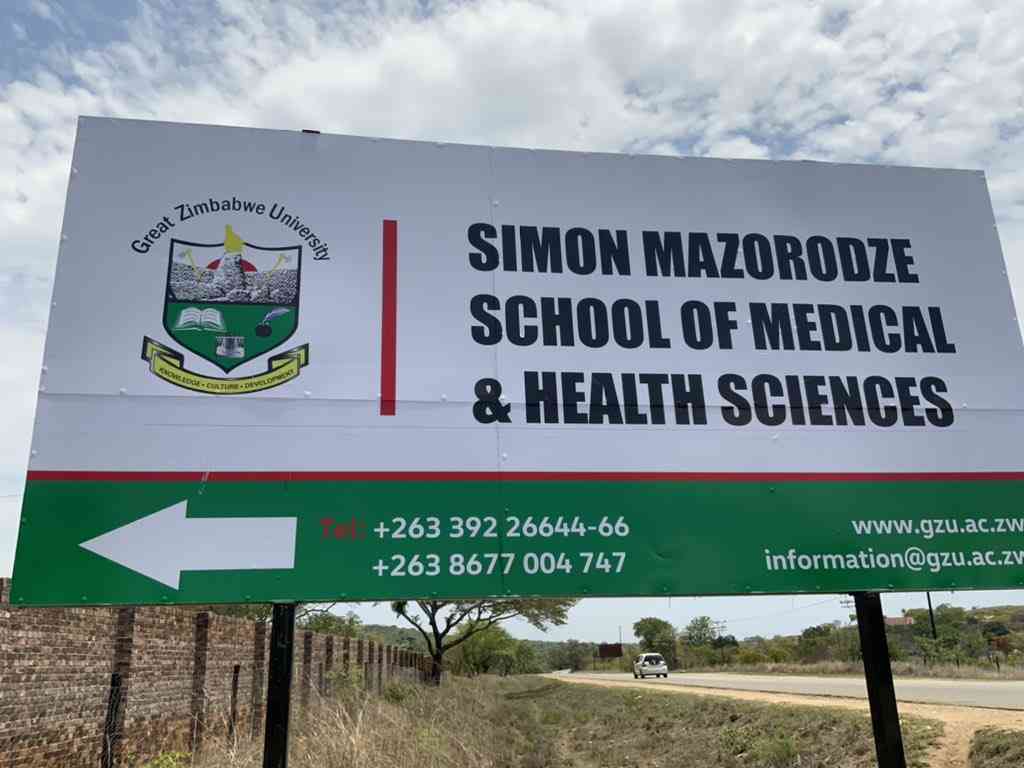
Public relations practitioners are tasked with helping organisations or individuals to communicate effectively with the public, often in ways that inspire action, motivate change or shift perceptions.
One of the most powerful tools is speech, which, when well-crafted, can galvanise people into action, foster emotional connections and drive social or political movements.
Writing a public-arousing speech requires a deep understanding of the audience, an ability to build a compelling narrative and a mastery of emotional and logical appeals.
A great example of this in action is former US President Barack Obama’s speeches, which skilfully blend these elements to stir people into action.
This write-up explores how public relations practitioners can write a speech that moves and inspires, using Obama’s speeches as a practical example to illustrate key strategies.
Understanding the audience is essential in writing a public-arousing speech. PR managers must know who they are addressing — their values, concerns and emotional triggers. Obama, throughout his career, was a master at speaking to the hopes, fears and aspirations of his diverse audiences. Whether addressing a crowd of young voters or a group of grieving parents, Obama knew how to tailor his message to resonate deeply with people’s lived experiences.
For example, Obama’s 2008 presidential campaign speech, “Yes We Can,” is an excellent illustration of understanding the audience. The slogan, “Yes We Can,” was not just a political statement but an emotional rallying cry that tapped into the collective spirit of hope and change that Americans, especially younger voters, felt. He acknowledged the struggles of the nation — economic downturn, racial tensions and political divisions — and promised a new path forward. The emotional appeal was powerful because it was not just about the issues; it was about how those issues impacted people’s lives.
To craft a speech that stirs the public, PR practitioners must do thorough audience research. What are the issues the audience care about? What are their hopes and fears? A speech that speaks directly to these emotional concerns can create an immediate connection with listeners.
- Public relations: Why data analytics will save the PR profession
- Madzibaba thrills at IPRCZ awards
- Public relations: Why data analytics will save the PR profession
- Madzibaba thrills at IPRCZ awards
Keep Reading
A key element of any public-arousing speech is starting with a strong hook — something that grabs attention and makes the audience want to listen. Obama was known for his ability to capture attention right from the beginning, often by starting with personal stories, impactful statistics or a rhetorical question.
In his 2008 poll victory speech in Chicago, Obama began by addressing the long struggle of those who fought for civil rights, weaving the narrative of America’s progress into his own victory saying: “If there is anyone out there who still doubts that America is a place where all things are possible; who still wonders if the dream of our founders is alive in our time; who still questions the power of our democracy, tonight is your answer.”
This hook immediately grabs attention because it taps into the collective national narrative of perseverance and progress. Obama’s framing of his victory as a historical moment — connecting it with the dreams of past generations — engages listeners emotionally and invites them to be part of that historic moment.
One of the defining features of Obama’s speeches is his ability to tell a compelling narrative — one that not only addresses problems but also offers hope and change. Whether talking about the economy, healthcare reform or racial unity, Obama’s speeches often followed a three-part narrative: the problem, the struggle and the hope for a better future.
Obama’s speeches consistently blend emotional and logical appeals. In the aftermath of the Sandy Hook Elementary School shooting in 2012 in Connecticut, Obama delivered a speech that was both deeply emotional and logically focused on the need for gun control. His delivery was filled with raw emotion, as he wiped away tears while speaking about the victims, but he also made a logical case for why action was necessary.
This combination of pathos (emotion) and logos (logic) is powerful because it both tugs at the heartstrings and makes a rational, evidence-based argument for change.
Every speech needs a call to action (CTA). A CTA gives the audience something tangible to do after the speech, whether it is voting, marching, donating or taking part in a movement. Obama’s speeches often ended with a strong, unifying message that encouraged the audience to believe in their power to effect change.
In his 2008 victory speech, Obama ended with a call to action that was not just about his tenure, but about a collective movement. In fact, in all cases, Obama’s final words spoke to the collective power of the audience, framing them as active participants in the mission.
That said, speeches should always end with a clear, actionable takeaway. Whether it is encouraging participation or rallying people behind a cause, a strong CTA ensures that the momentum built during the speech continues beyond the words.
Obama’s speeches are exemplary models of how public relations practitioners can craft public-arousing speeches. By understanding the audience, using strong hooks, building a narrative of hope, blending emotional and logical appeals, and ending with a clear call to action, Obama’s speeches inspired millions to act, vote and believe in change.
PR professionals who adopt these strategies can similarly craft speeches that not only engage their audiences but also galvanise them into action to make a real difference.
- Cliff Chiduku is the director of marketing, information and public relations at Manicaland State University of Applied Sciences in Mutare. He writes here in his personal capacity. He can be contacted on cchiduku@gmail.com or call/app +263775716517.










